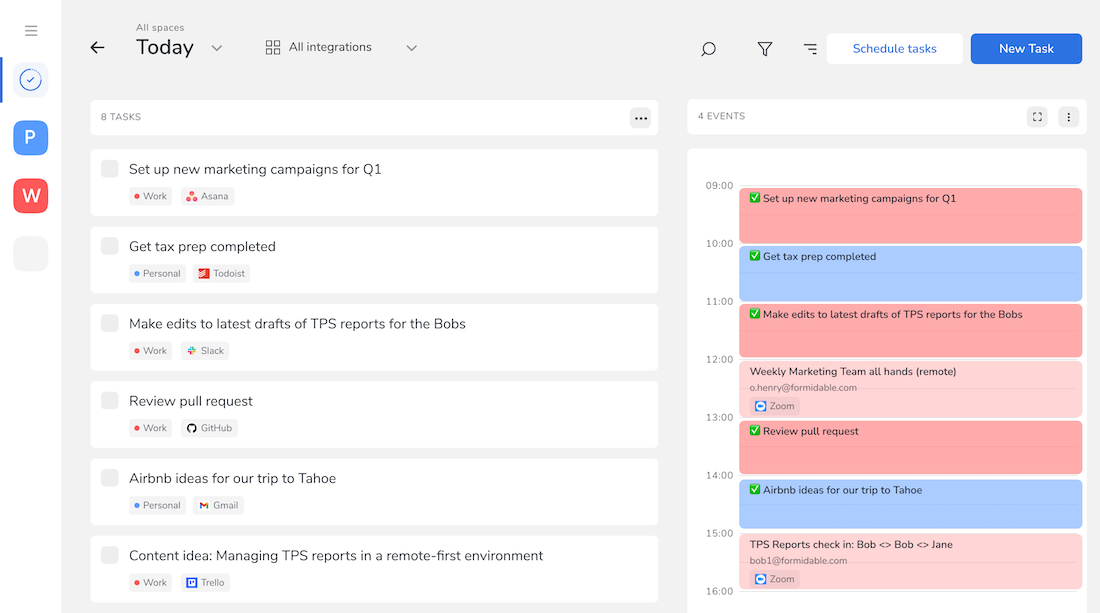Dealing with Isolation: Problem-Solving Techniques for Remote Workers
In recent years, remote work has become increasingly popular, offering flexibility and freedom for individuals to work from anywhere.
While it has many benefits, one recurring challenge that remote workers face is isolation. The absence of a traditional office environment can lead to feelings of loneliness and disconnection.
It's important to address this issue, as isolation can impact both the well-being and productivity of remote workers. In this blog post, we will explore problem-solving techniques to mitigate isolation and enhance the remote work experience.
Understanding the Isolation Challenge
Isolation, in the context of remote work, refers to the lack of physical interaction and face-to-face communication that often comes with working remotely. c
This absence of in-person connection can lead to feelings of loneliness, decreased motivation, and decreased job satisfaction. Research has shown that remote workers report feeling more "lonely" and "isolated" compared to their office-based counterparts.
Identifying the Causes of Isolation for Remote Workers
To effectively tackle isolation, it's essential to understand its root causes for remote workers. The main causes include:
- Lack of Physical Interaction and Face-to-Face Communication: Remote workers miss out on the casual conversations, water cooler chats, and impromptu discussions that naturally occur in a physical office environment.
- Limited Opportunities for Socialization and Team Bonding: Remote workers may feel disconnected from their colleagues, missing out on team-building activities, social events, and bonding experiences that foster a sense of belonging.
- Challenges in Maintaining Work-Life Balance and Boundaries: Working in the same space where one lives can blur the lines between personal and professional life, making it difficult to establish clear boundaries and dedicate time for relaxation and socialization.
Problem-Solving Techniques for Remote Workers
Now that we understand the challenges, let's explore some problem-solving techniques that can alleviate isolation and enhance the remote work experience:
1. Building Virtual Communities
- Utilizing Online Forums and Communities: Join online platforms and forums specifically designed for remote workers, where you can connect with like-minded individuals, ask for advice, and share experiences.
- Participating in Virtual Networking Events and Conferences: Seek out virtual networking opportunities to meet professionals in your field, learn new skills, and expand your professional network.
2. Establishing Regular Communication Channels
- Setting up Frequent Video or Voice Calls: Utilize video conferencing tools to have face-to-face interactions with colleagues and team members. Schedule regular check-ins to foster better communication and build stronger relationships.
- Using Collaboration Tools for Real-time Communication: Leverage collaboration tools like Slack or Microsoft Teams to create channels for discussions, share updates, and collaborate on projects in real time.
3. Prioritizing Self-Care and Work-Life Balance
- Creating a Designated Workspace and Schedule: Establish a dedicated workspace that separates work from personal life, even if it's just a corner of your home. Additionally, set a schedule to maintain a healthy work-life balance.
- Taking Regular Breaks and Engaging in Physical Activity: Incorporate regular breaks throughout your workday and engage in physical activity to refresh your mind and boost your mood.
4. Seeking Support from Mentors and Accountability Partners
- Finding a Mentor or Joining a Remote Work Support Group: Connect with experienced remote workers who can provide guidance and support. Joining a remote work support group can also offer opportunities to share experiences and find solutions together.
- Setting Goals and Sharing Progress Updates with an Accountability Partner: Find an accountability partner with whom you can regularly share your goals, progress, and challenges. This mutual support can help you stay motivated and on track.
Overcoming Common Challenges
In addition to the above techniques, it's important to address some common challenges that remote workers may face:
- Feelings of Loneliness and Disconnection: Actively seek social interaction and build connections through virtual communities, professional networks, or remote work support groups.
- Managing Distractions and Staying Focused: Create a designated workspace, establish a routine, and try productivity techniques like time blocking or the Pomodoro Technique to stay focused and minimize distractions.
- Dealing with Work-Related Stress and Burnout: Prioritize self-care, set boundaries, and practice stress-management techniques such as regular exercise, meditation, or taking breaks to prevent burnout.
Conclusion
Remote work offers the flexibility and freedom to work from anywhere, but it can also result in feelings of isolation. By understanding the challenges of isolation and implementing problem-solving techniques, remote workers can mitigate the negative impacts and enhance their work experience.
Building virtual communities, establishing regular communication channels, prioritizing self-care and work-life balance, and seeking support from mentors and accountability partners are effective strategies to combat isolation. Remember, taking proactive steps to address isolation is essential for remote workers to thrive both personally and professionally.

Top recommendations
- Casino En Ligne France
- Casino Fiable En Ligne
- Casino Online
- Site De Paris Sportif Belgique
- Site Paris Sportif Belgique
- Meilleur Site Casino En Ligne Belgique
- Jeux Casino En Ligne
- Bookmaker Non Aams
- Casino Non Aams Sicuri
- App Di Scommesse
- Parier En Crypto
- Site De Paris Sportif
- Sweet Bonanza Avis
- Paris Sportif Mma Ufc
- ライブ カジノ
- オンラインカジノ 出金 早い
- Nha Cai Den Tu Chau Au
- Casino Crypto Sans Kyc
- Meilleurs Sites Paris Sportifs
- Casino En Ligne Nouveau
- Meilleur Nouveau Casino En Ligne
- Casino En Ligne Français
- Scommesse In Crypto
- Casino Non Aams
- Casino En Ligne
- Top Casino En Ligne
- Casino Retrait Rapide
- Casino En Ligne France
- Casino Non Aams
- Free Spin Senza Deposito Immediato
- Siti Non Aams Sicuri
- Casino Online Non Aams
- 꽁머니 토토
- Casino Fiable En Ligne
- Meilleur Casino En Ligne
- Casino En Ligne Francais
- Nouveaux Casinos En Ligne

.png)
.webp)



